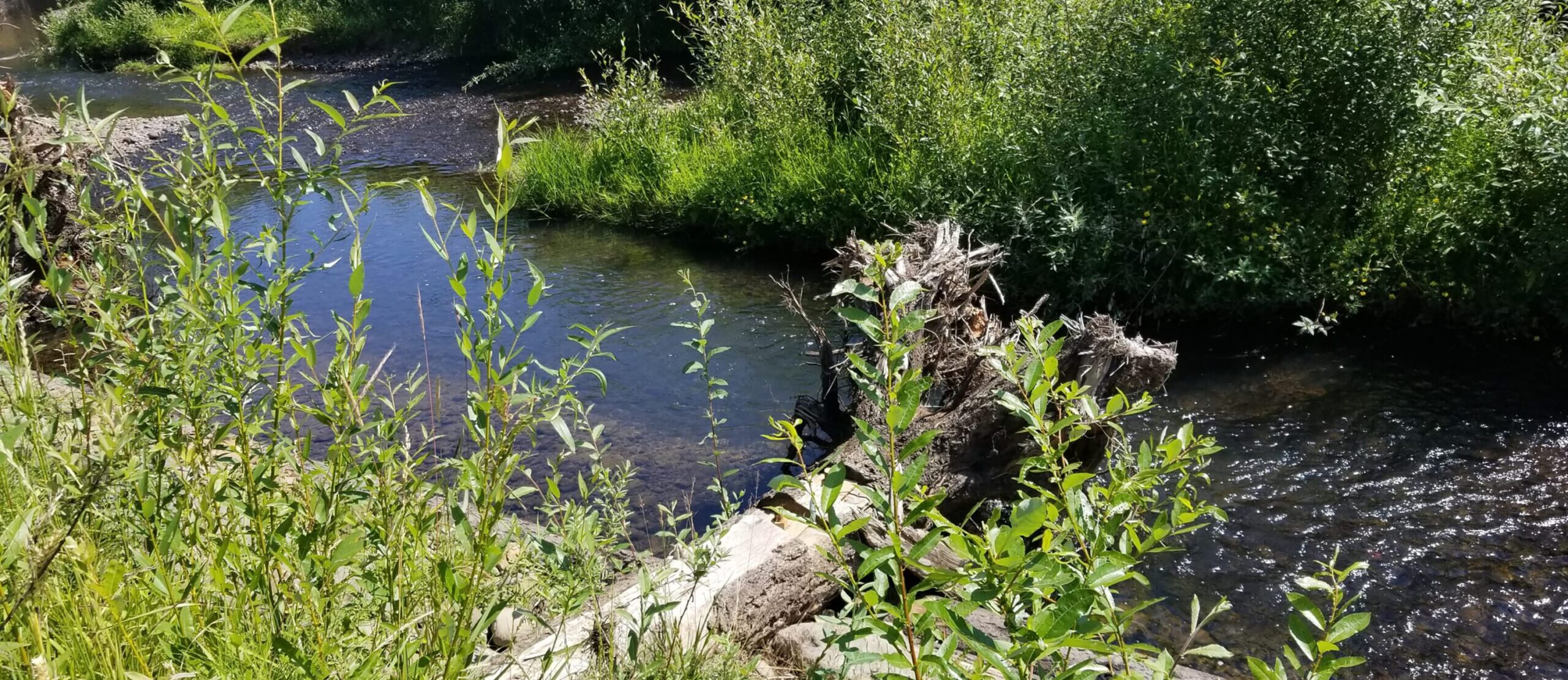

Read More Tansy Ragwort Poisons Livestock and Neighborly Relationships!

Read More Tansy Poisons Livestock – and Neighborly Relationships!

Read More Tansy Ragwort Poisons Livestock and Neighborly Relationships!

Read More Tansy Ragwort Poisons Livestock and Neighborly Relationships!